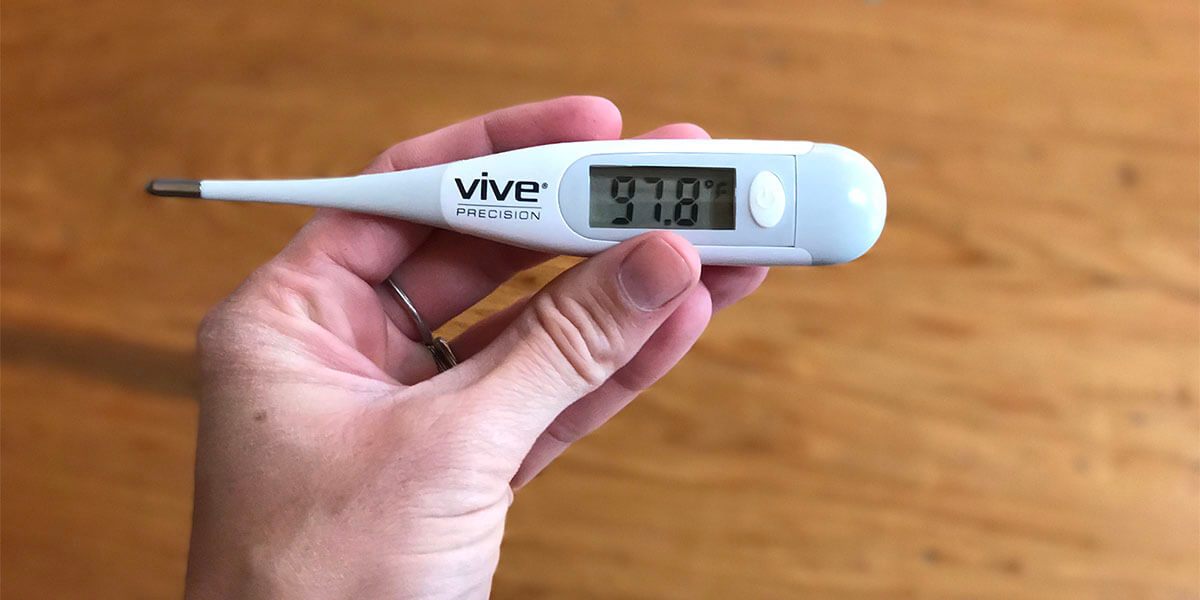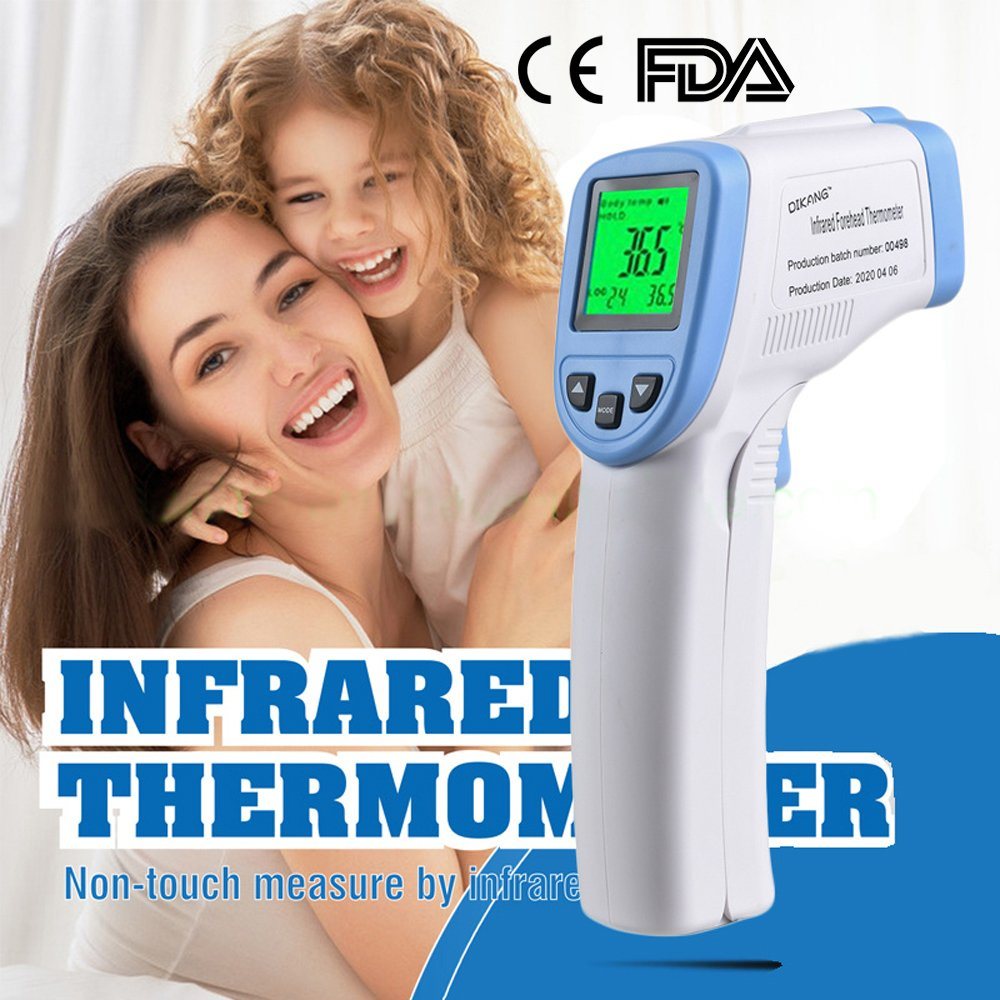Digital thermometers have revolutionized temperature measurement, offering convenience, accuracy, and versatility across various settings. From home healthcare to clinical environments, industrial applications to public health surveillance, digital thermometers play a pivotal role in monitoring body temperature and environmental conditions. This article delves into the multifaceted uses of digital thermometers, exploring their applications, benefits, and emerging innovations.
Medical Applications:
Digital thermometers are indispensable tools in medical settings, facilitating accurate temperature measurement for diagnostic and monitoring purposes:
- Home Healthcare: In households worldwide, digital thermometers are essential for monitoring fever, a common symptom of illness. User-friendly designs, rapid measurement times, and reliable accuracy make digital thermometers accessible to caregivers and individuals seeking to track their health.
- Clinical Settings: Hospitals, clinics, and healthcare facilities rely on digital thermometers for precise temperature assessment in patients of all ages. Infrared ear thermometers, temporal artery thermometers, and oral/rectal thermometers are among the most commonly used types, each offering unique advantages in terms of speed, comfort, and hygiene.
- Fertility Tracking: Digital basal thermometers, with heightened sensitivity for detecting subtle temperature changes, are instrumental in fertility tracking and natural family planning methods. By monitoring basal body temperature (BBT) variations throughout the menstrual cycle, individuals can identify ovulation patterns and optimize conception timing.
Industrial and Environmental Monitoring:
Beyond healthcare, digital thermometers find widespread use in industrial and environmental monitoring applications:
- Food Safety: In the food industry, precise temperature control is critical for ensuring product quality and safety. Digital thermometers equipped with probes or infrared sensors enable food service professionals to monitor temperatures during cooking, storage, and transportation, minimizing the risk of bacterial contamination and foodborne illness.
- HVAC Systems: Heating, ventilation, and air conditioning (HVAC) systems rely on digital thermometers to maintain optimal indoor temperatures and humidity levels. Programmable thermostats equipped with digital temperature sensors enhance energy efficiency by regulating heating and cooling cycles based on occupancy patterns and environmental conditions.
- Cold Chain Management: In logistics and supply chain management, digital thermometers play a vital role in monitoring temperature-sensitive goods during transportation and storage. Wireless temperature monitoring systems provide real-time data on temperature fluctuations, helping to safeguard pharmaceuticals, perishable foods, and other temperature-sensitive products.
Public Health Surveillance:
Digital thermometers contribute to public health surveillance efforts by monitoring population-level temperature trends and identifying potential outbreaks:
- Influenza Tracking: During flu season, digital thermometers are used in community health centers and public health agencies to monitor febrile illness trends. Aggregated temperature data from households, schools, and healthcare facilities can inform influenza surveillance systems, enabling timely public health interventions and resource allocation.
- Pandemic Response: In the context of infectious disease outbreaks such as COVID-19, digital thermometers play a crucial role in fever screening at points of entry, including airports, borders, and healthcare facilities. Non-contact infrared thermometers enable rapid, touch-free temperature screening while minimizing the risk of viral transmission.
Emerging Innovations:
Advancements in technology continue to drive innovation in digital thermometer design and functionality:
- Smart Connectivity: Digital thermometers equipped with Bluetooth or Wi-Fi connectivity enable seamless data transfer to smartphones, tablets, or cloud-based platforms. Mobile apps provide real-time temperature tracking, personalized health insights, and integration with electronic health records (EHR) systems.
- Wearable Thermometers: Wearable devices incorporating temperature sensors offer continuous monitoring of body temperature, particularly in high-risk populations or individuals with chronic conditions. These wearable thermometers may take the form of adhesive patches, smart clothing, or wearable bands, providing continuous health monitoring without the need for manual measurements.
- Artificial Intelligence (AI): AI-powered digital thermometers leverage machine learning algorithms to analyze temperature data, detect patterns, and predict health outcomes. By correlating temperature measurements with other physiological parameters and clinical data, AI-enhanced thermometers can enhance early detection of infectious diseases, monitor disease progression, and facilitate personalized healthcare interventions.
Remote Patient Monitoring:
Digital thermometers are instrumental in remote patient monitoring (RPM) programs, enabling healthcare providers to remotely track patients’ vital signs, including body temperature, outside of traditional clinical settings. With the proliferation of telemedicine and connected health technologies, patients can use digital thermometers to self-monitor their temperature at home and transmit data to healthcare providers in real-time. RPM programs enhance patient engagement, enable early intervention for deteriorating health conditions, and reduce the need for frequent clinic visits, particularly for individuals with chronic illnesses or compromised immune systems.

Pediatric Care:
In pediatric care, digital thermometers offer a safe, non-invasive method for accurately measuring infants’ and children’s body temperature. Features such as flexible probe tips, rapid measurement times, and fever indicators make digital thermometers particularly well-suited for pediatric use. Parents and caregivers can confidently monitor children’s temperature, identify fever spikes, and administer appropriate interventions, whether it be administering fever-reducing medication or seeking medical attention. Digital thermometers designed specifically for pediatric patients often incorporate child-friendly designs, such as colorful displays or playful animations, to ease anxiety and promote cooperation during temperature measurements.
Occupational Health and Safety:
In occupational health and safety settings, digital thermometers are indispensable tools for monitoring workers’ health and ensuring compliance with workplace temperature regulations. Industries such as construction, manufacturing, and agriculture often expose workers to extreme temperatures, posing risks of heat stress or hypothermia. Digital thermometers equipped with ambient temperature sensors enable employers to assess environmental conditions and implement appropriate safeguards, such as rest breaks, hydration protocols, and personal protective equipment (PPE). Additionally, infrared thermometers facilitate non-contact temperature screening of employees, visitors, and contractors entering workplace premises, helping to mitigate the spread of contagious illnesses and maintain a safe work environment.
Quality Control in Laboratories:
Laboratories rely on digital thermometers for precise temperature control and monitoring in various scientific and industrial applications. From pharmaceutical manufacturing and research laboratories to food processing facilities and chemical plants, accurate temperature measurements are essential for ensuring product quality, reproducibility, and regulatory compliance. Digital thermometers equipped with calibration certificates and traceable calibration standards offer the accuracy and reliability necessary for demanding laboratory environments. Furthermore, data logging capabilities allow laboratories to maintain comprehensive records of temperature fluctuations over time, facilitating quality control, process optimization, and troubleshooting in complex manufacturing processes.
Conclusion:
Digital thermometers have evolved from simple temperature-measuring devices to sophisticated tools with diverse applications across healthcare, industry, and public health. Their reliability, accuracy, and ease of use make them indispensable assets in medical diagnosis, industrial processes, environmental monitoring, and public health surveillance. As technology continues to advance, digital thermometers will undoubtedly play an increasingly pivotal role in promoting health, safety, and well-being in diverse settings around the world.



